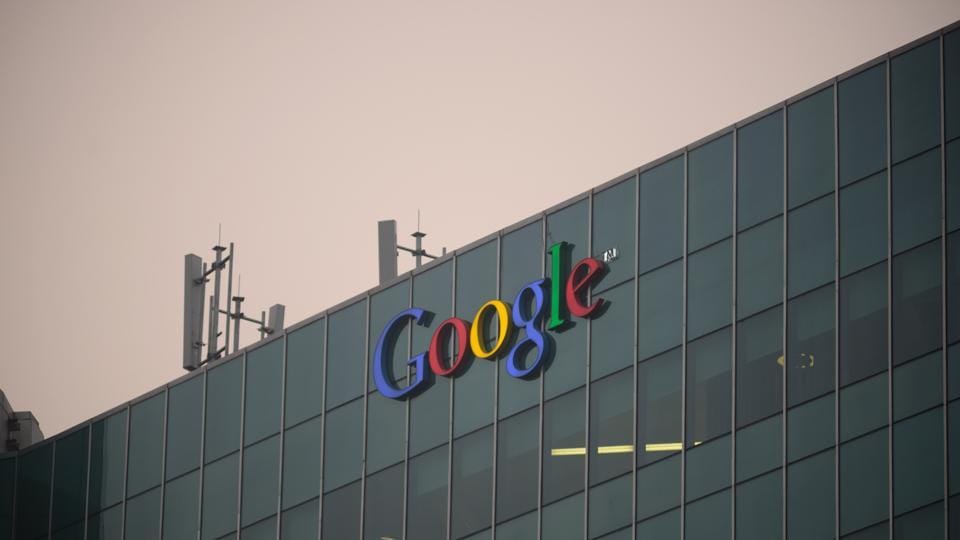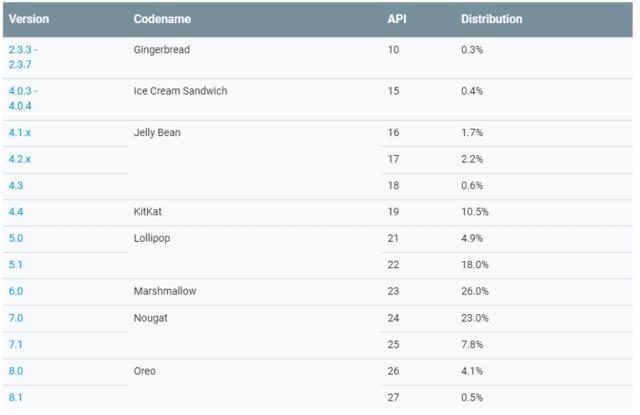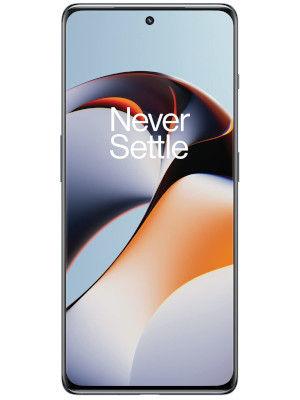Google Android P must address the fragmentation problem
Waiting for a new Android iteration? Guess what, two-year-old Android Nougat is still the largest Android version in the world.

Android is the world's largest mobile operating system. It has remained at the top spot for roughly a decade. Thanks to its open-source foundation, both developers and equipment manufacturers (OEMs) love the Android framework. But the massive adoption of its OS has also become a big problem for the company. Fragmentation has plagued Android OS for a very long time and it's time Google fixes the problem.
We will get our answers in a couple of hours as Google's biggest developer conference I/O 2018 kicks off shortly. This year's edition is expected to extensively focus on futuristic technologies such as artificial intelligence, machine learning and virtual and augmented realities. Android, however, is still going to be the centre of attraction.
Each year, Google rolls out a new iteration of its mobile operating system. For instance, it launched Android 8.0 Oreo in 2017 and is going to launch Android P this year. Now, the problem is that a large number of phones are still running on older iterations of Android, preventing them from getting the latest features.
According to Google data as of April 16, the Android 7 Nougat - its 2016 iteration - was running on 30.8% of all Android smartphones worldwide while Oreo figured on just 4.6%. Android 6.0 Marshmallow, on the other hand, was still running on 26% of the devices while the four-year-old Lollipop also happened to be bigger than Oreo with a 22.9% share.
It is not as if Google isn't aware about this problem with Android. With iterations like Android Oreo Go and most likely Android P, Google is hoping its newer versions of Android are compatible with maximum smartphones around the world. A similar initiative is rolling out Google Assistant on dated Lollipop (version 5.0+) smartphones and tablets running Android 7.0 Nougat and 6.0 Marshmallow. Google is also expanding the Android One portfolio by getting new and more popular brands like Xiaomi onboard.


Another major reason behind Android fragmentation is that OEMs have failed to make their phones and tablets future ready. Most of the phones, including newer ones, are promised to have two to three years of Android updates.
The failure of OEMs to make their phones and tablets future-ready is another major reason for Android fragmentation. Most phones, including newer ones, are promised two to three years of Android updates. This is in stark contrast with Apple's approach to its products, wherein it tries to cover maximum phones. For instance, its latest iOS 11 is compatible even with the six-year old iPhone 5. But the catch with Apple's approach is that it's a walled ecosystem with no liberty of a third-party-made iPhone.
This is why the likes of Nokia and Lenovo have started making "timely software updates and patches" their USP for new phones.
With Android P, Google has another shot at fixing the fragmentation problem.
Catch all the Latest Tech News, Mobile News, Laptop News, Gaming news, Wearables News , How To News, also keep up with us on Whatsapp channel,Twitter, Facebook, Google News, and Instagram. For our latest videos, subscribe to our YouTube channel.





























